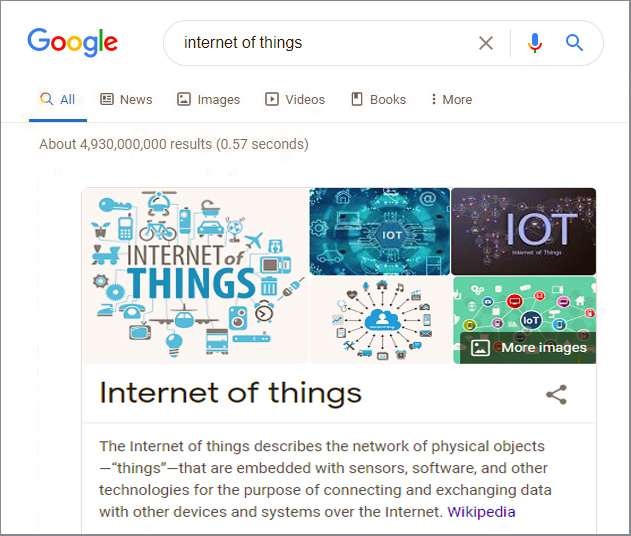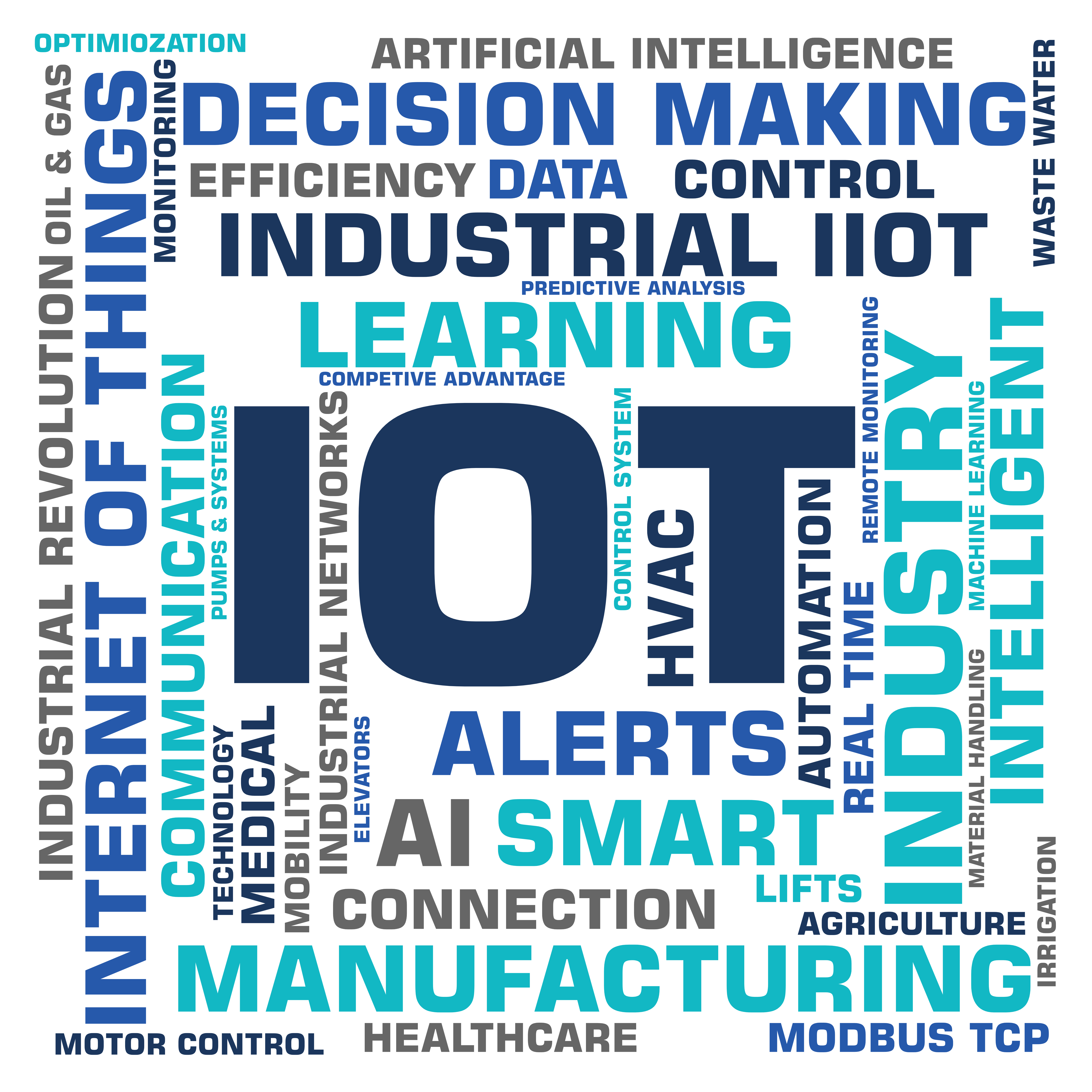The Next Industrial Revolution
 The Impact of IoT Technology
The Impact of IoT Technology
Search Google for “Internet of Things” (IoT) and you will find about 5 billion articles listed. There are over 8 million listings for news about the “Industrial Internet of Things” (IIot). More than 16 million videos about the “Internet of Medical Things” (IoMT) are available for viewing.
These results should not be surprising considering the world is in the beginning stages of the next Industrial Revolution. IoT provides valuable insights into how machines and processes perform using connected smart devices that share and exchange real time data within modern control systems.
A McKinsey survey estimates IoT will have a $2 trillion impact on GDP by 2030 from just four sectors: Healthcare, Manufacturing, Mobility and Retail. Connected medical devices alone are expected to rise to $52 billion by 2022.
Making Data Available within a Smart Network
Many industries are already using IoT to make data continuously available to the entire facility operation, improving decision making, simplifying troubleshooting, improving timing and efficiency.
By embedding communication to the lowest possible level in a system, the system can then operate in a smart manner. Connectivity allows smart products to be monitored within the network, outside of the actual product. Data shared across a smart network supports the evolution to machine learning and artificial intelligence. These two advancements provide facility managers new tools to improve the performance and efficiency of their processes.
 The Benefits of Smart Networks
The Benefits of Smart Networks
A Deloitte study estimated that machine learning reduces downtime by 15 to 30%, increases production throughput by 20%, reduces maintenance costs by 30% and increases quality up to 35%.
Other benefits include predictive analysis to proactively prevent machine problems and eliminate unnecessary service calls. Knowing the system’s current state also assists in load planning and organization. As a system expands, engineers can optimally place new loads reducing demand charges and other utility fees.
There is also the benefit of eliminating “sneakerware”. Historically, operators have to physically walk to the equipment and record readings on a clipboard. Now they sit in front of their computers and obtain readings for analysis.
Affordable, Basic Technology
Companies that not only embrace but actively manage this new technology early on will increase their competitive advantages in their markets. Some companies developing IoT products are focused on technological sophistication, rather than more basic requirements of the actual applications. This could be problematic as most end users - the operators using these products daily - desire affordable solutions that satisfy basic functional requirements.
There is one major obstacle to overcome: No IoT connectivity standards exist today. Multiple groups are involved in trying to create one universal standard. Unfortunately, no consensus on standards has been agreed upon.
Deciding on an Acceptable Network Protocol
Considering the above, what is an acceptable protocol for current industrial networks? Ethernet based networks appear to be viable for quite some time, barring a game changing technological breakthrough. Even with a breakthrough, it will take a long time to change out the prolific installed base existing today.
The oldest and most open protocol (free to use for all) is Modbus. Developed in the 1970’s, this standard is commonly used in many industries. The Modbus protocol was extended for use on Ethernet networks, referred to as Modbus TCP. Combining the advantages of the original Modbus with the speed and scalability of Ethernet, Modbus TCP is an excellent choice.
Macromatic Industrial Controls has developed a phase monitor relay with Modbus TCP communication. The new PC1MDUL relay makes data available to facility managers for continuous monitoring, real time alerts and intelligent troubleshooting of voltage systems.
This allows for more intelligent decision making. Knowing the history of voltage disturbances assists in predictive analysis. Instead of responding to expensive emergencies, replacing critical equipment that is deteriorating can be efficiently planned.
Learn More About the New PC1MDUL Phase Monitor Relay with Communication>
Recent Articles for:
Three-Phase Monitor Relays

